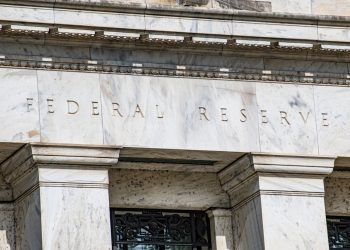The dry wing is roofed with solar shingles; it’s the only house in the competition that uses shingles instead of solar panels, Moy said.
The home has a market value of $300,000. Student designers tried to address the cost of environmental innovations, which are often an obstacle for the average homeowner or builder.
“A lot of people feel (energy efficiency) is too time-consuming, too costly,” Moy said. “Solar energy takes a couple of decades to break even.”
Research has shown that some green technologies deliver more bang for the buck. A 2011 study by the Rutgers Center for Green Building for the New Jersey Association of Realtors found that efficient framing and insulation techniques are among the most cost-effective green building tools. The use of solar energy, EnergyStar appliances and more efficient heating and cooling systems take longer to pay for themselves, but can still be worthwhile, while geothermal energy — which uses the temperature of the earth for heating and cooling — is the least cost-effective, the study said.
Moy said that one of the most useful elements in the Ecohabit house is the computerized monitoring system.










